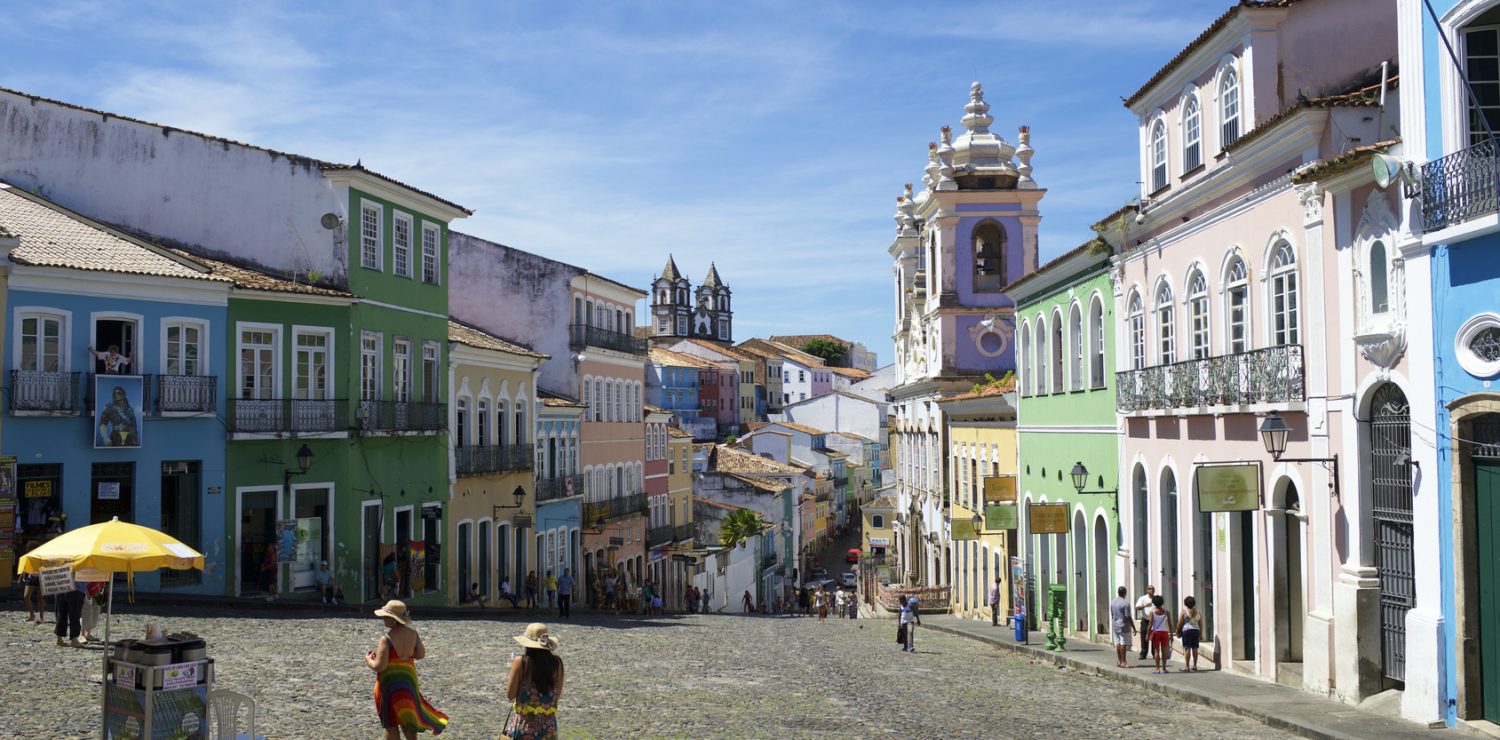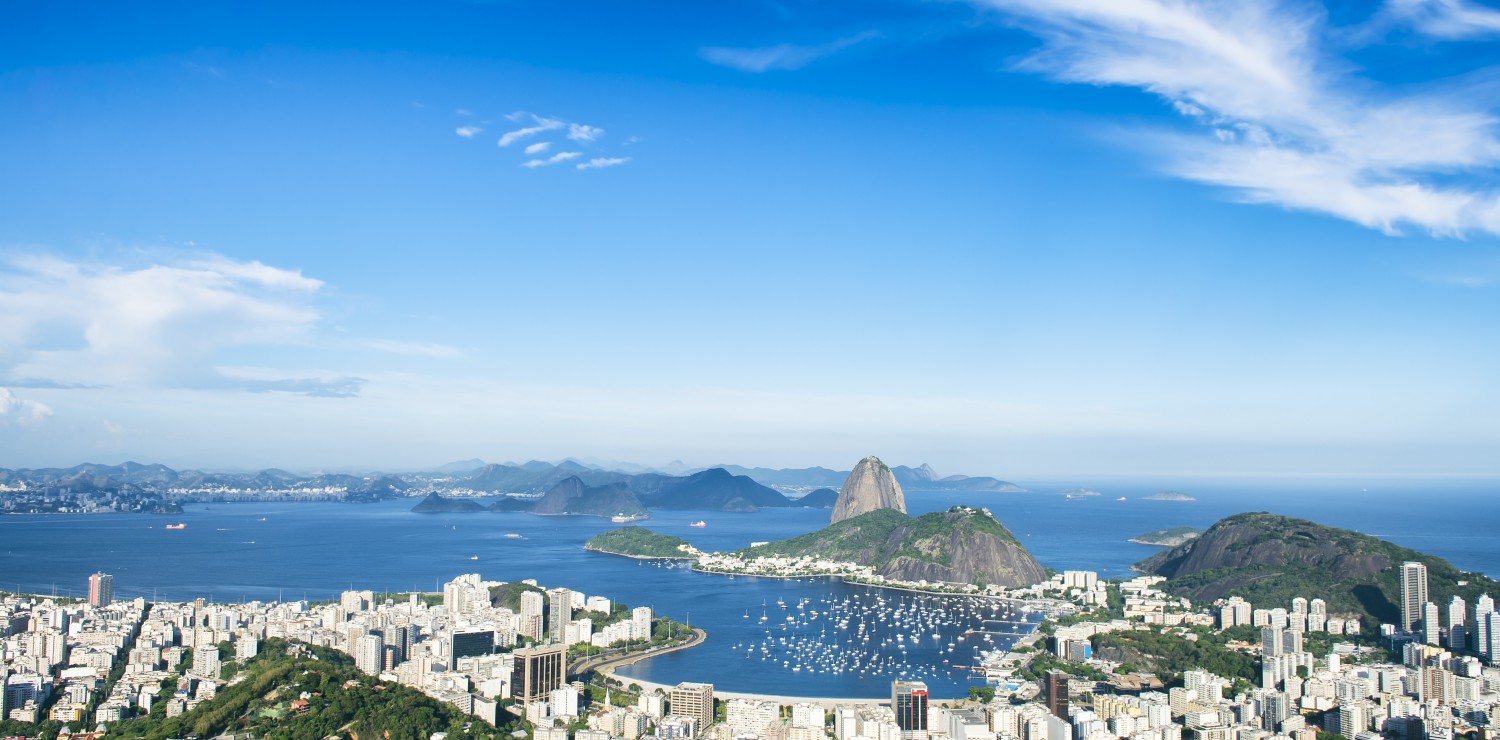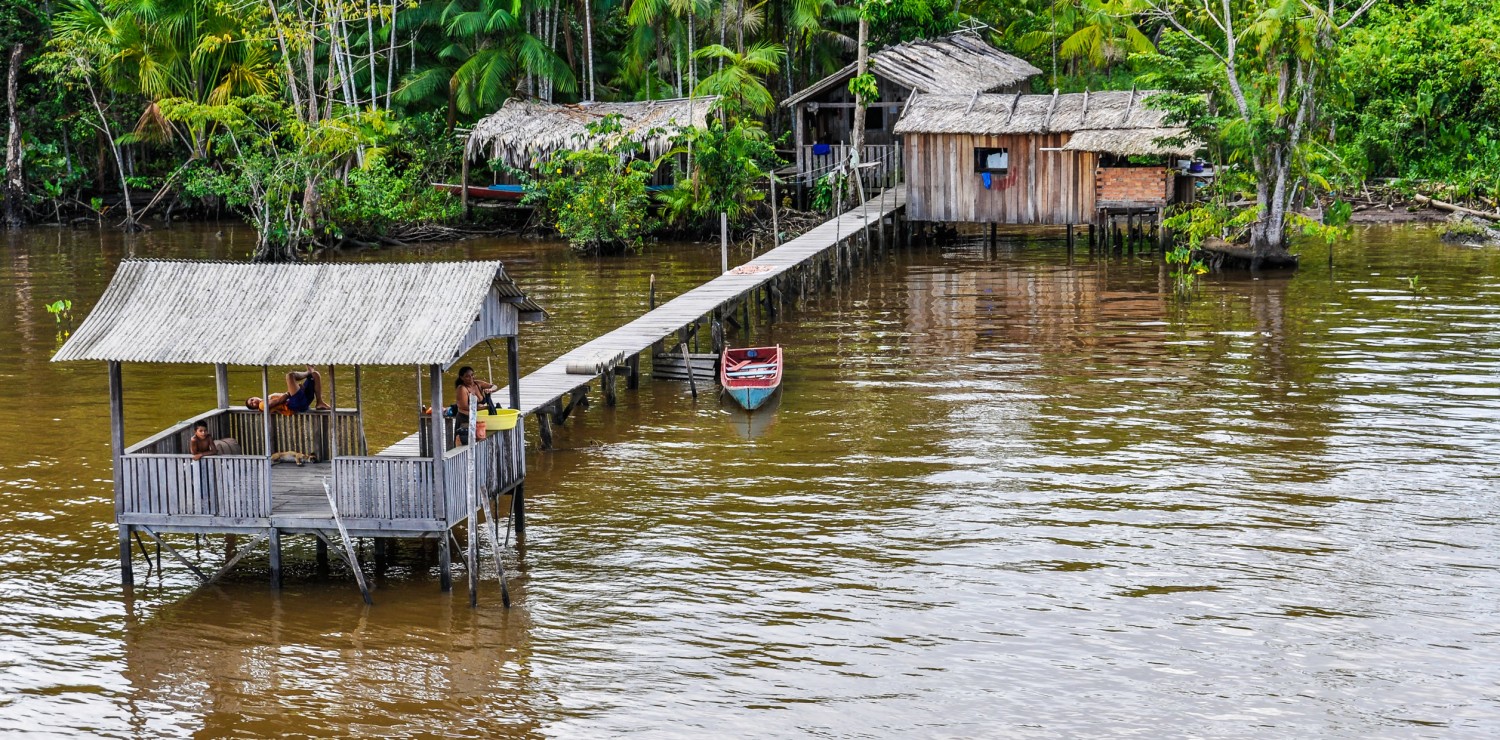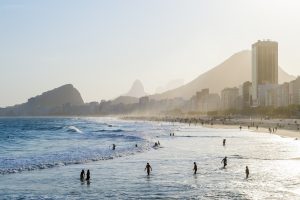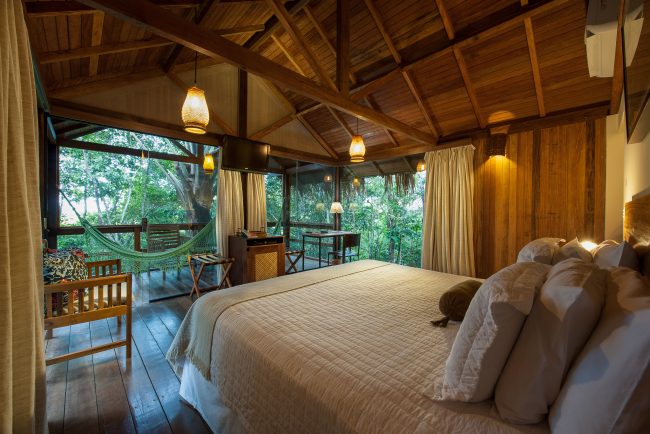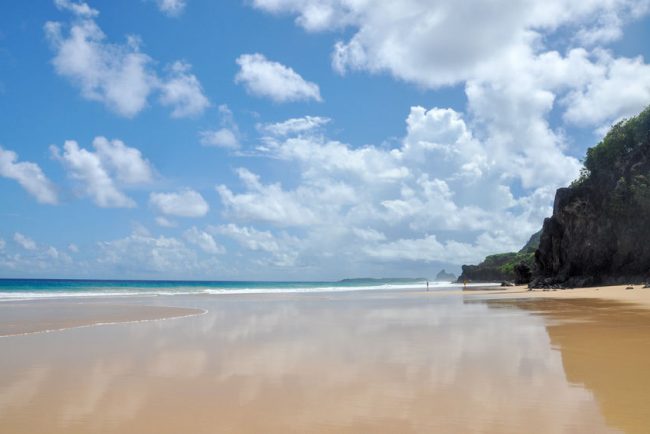Brazil Selection is a local travel agency based in Brazil.
Above all, we aim for excellence, comfort and personalization in the unforgettable experiences we offer to our international customers.
Our goal is to present our guests with a unique trip during which they will live the magic of Brazil, so that they leave having experienced the best and most beautiful destinations this extraordinary country has to offer.
Our team consists of professional travel agents with both local and international backgrounds who have traveled and live in Brazil and have now put their knowledge into crafting the finest Brazilian vacations.
Our offer is selective at all levels, sites, hotels and service providers; with the primary goal of providing our guests with outstanding quality and priority safety, comfort and satisfaction for all of our customers.
A TEAM OF
BRAZIL SPECIALISTS
Brazil Selection has over ten years experience in organizing quality travel throughout Brazil.
We are:
A team of passionate explorers coming from various horizons and living in Brazil, offering you the very best of Brazilian travel, thanks to our experience.
A local agency which can directly monitor services, service providers and accommodation, being based on site.
A personalized and accessible support team and dedicated travel agent for every client.
From the gorgeous Copacabana beach in Rio de Janeiro to the tropical forest in The Amazon, from the historic center of Salvador to the thundering waterfalls of Iguaçu. We are here to help you realize a unique trip and an escape from everyday life.
Starting with the creation of your personalized itinerary until your return home, we accompany you throughout your Brazilian adventure!
DISCOVER THE BRAZIL
OF YOUR DREAMS!
We have carefully selected the most impressive Brazilian destinations and only offer first-rate services to create quality experiences in this wonderful country.
Browse a wide and varied range of destinations across the whole country and create your own trip in fabulous Brazil!
Choose your own approach
With our Brazil vacation packages, it is easy to personalize your vacation.
Alternatively, with our Brazil Tours, all you have to do is choose the one that suits you best.
Set off and discover The Amazon, celebrate Carnival in Rio and learn to do Capoeira on Copacabana beach – all of these on the same custom Tour of Brazil.
FIND OUT EVERYTHING YOU NEED
TO KNOW ABOUT BRAZIL
Land of a thousand wonders, Brazil is one of the dream destinations for frequent travelers, and for good reason!
The Brazil Travel Guide
The cultural richness and extraordinary landscapes of this immense country are still largely unknown so we have created this section to give some general guidance on planning your vacation in Brazil.
Find all the essential information needed to properly prepare for your vacation in Brazil so as to fully enjoy it and have a time you’ll never forget.
A Glimpse of our Best Tours of Brazil
Do you want to discover the true Brazil, but also have a comfortable trip?
Is it your wish to go “off the beaten track” but also visit the most famous places in Brazil?
Today, many tour operators offer very attractive prices and some propose mainstream packages at rates defying all competition.
This is not our policy at Brazil Selection. Our aim is to offer you a smooth, comfortable and well thought out vacation, where the service quality is the first priority, and all of this at a fair price.
It is possible to completely personalize your Brazilian vacation and create a made-to-measure “á la carte” trip, or, we have created some ready to go Package tours made up of the best quality accommodation, as well as reliable transport and experienced and qualified guides. These can also be easily adapted to your wishes. In short, you get a high quality service at a reasonable price.
Finally, it is worth remembering that by choosing an in-country travel agent, there is no middleman, so you only pay the real cost of a quality holiday in Brazil.
Our trove of happy memories – feedback from Brazil Selection clients
THE CHARM AND GENTLENESS OF LIFE
QUICKLY ESTIMATE THE COST OF A VACATION IN BRAZIL
If you already know what Brazilian destinations interest you, and simply wish to get an idea of what budget would be needed before browsing our offers, we have generated a handy interface that will give you a cost estimate.
With the cost estimation tool, in just a few clicks you can get an idea of the cost of your Brazil vacation.


